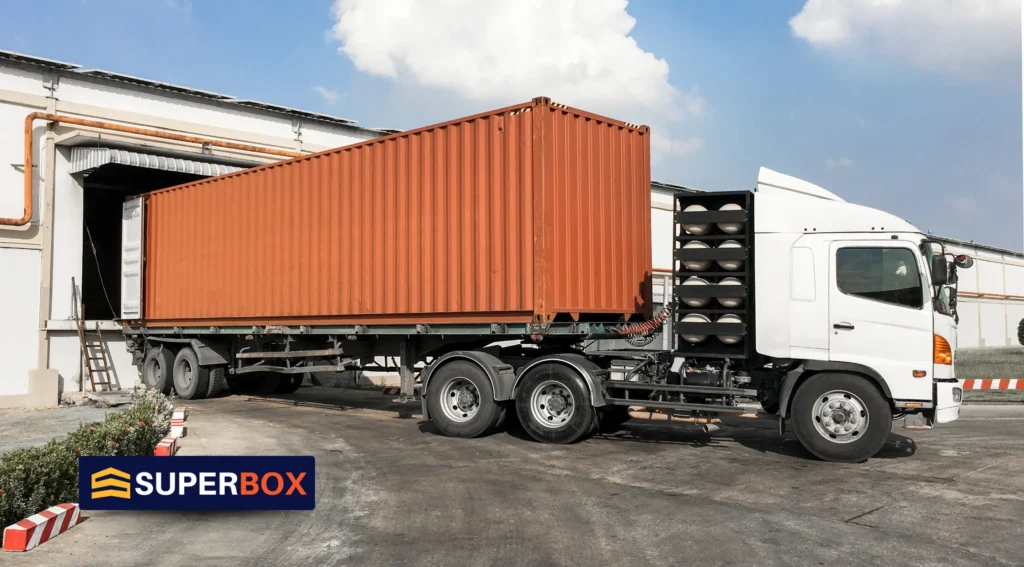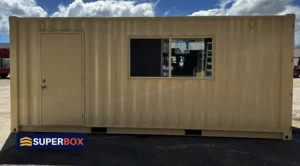Relocating a shipping container can be a challenge, whether you’re moving it for extra storage, converting it into a home, or transporting goods. Given that containers can weigh as much as 15,000 pounds, careful planning and the right equipment are crucial. In this guide, we’ll walk you through the process of moving a shipping container efficiently and safely, ensuring a smooth experience from start to finish.
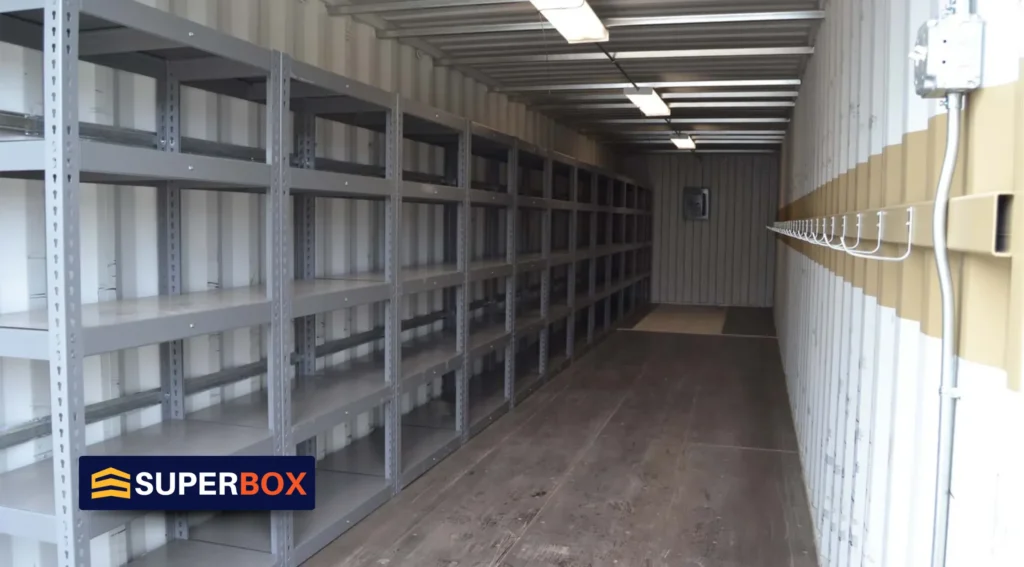
Why Would You Need to Move a Shipping Container?
Let’s take a look at some reasons why you might need to move a shipping container:
- Storage Solutions: You might need to move a container to a new place for extra storage.
- Transporting Goods: Shipping containers are often used in transport shipping, meaning they’re moved from one place to another, like from a port or warehouse to a destination.
- Repurposing Containers: Some people turn shipping containers into homes, offices, or shops. In these cases, the container must be moved to its new location.

A Step-by-Step Guide on How to Move a Shipping Container
Moving a shipping container may seem tough, but with the right planning and tools, it’s manageable. This guide will walk you through the steps to ensure a smooth and safe move.
Step 1: Check the Size and Weight of the Container
Before you move a shipping container, it’s important to know how huge and heavy it is. Here are some common sizes:
- A 20-foot container weighs about 5,000 to 5,500 pounds.
- A 40-foot container weighs around 8,000 to 8,500 pounds.
- Some containers, especially those loaded with goods, can weigh up to 15,000 pounds or more.
Knowing the size and weight helps you figure out which equipment you’ll need and gives you an idea of the cost to move a shipping container.
Step 2: Choose the Right Equipment
You’ll need the right type of truck to move the container. There are two main options: tilt bed trucks and flatbed trailers.
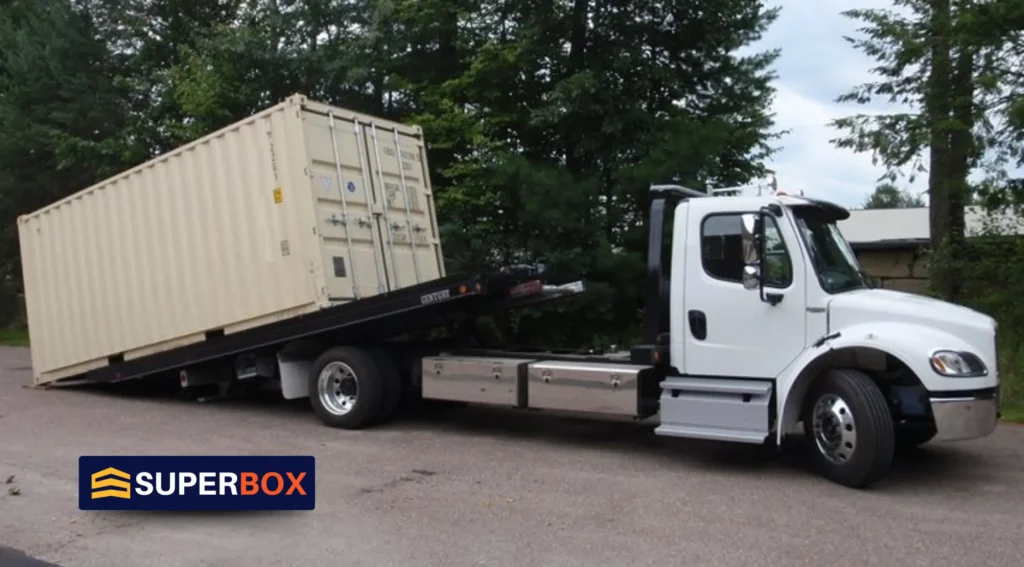
Tilt Bed Truck
- Best for Short Moves: Tilt bed trucks are great for moving containers short distances. They tilt, allowing the container to slide onto the truck without a crane.
- For Smaller Containers: If your container is around 20 feet and not too heavy, this is a good choice.
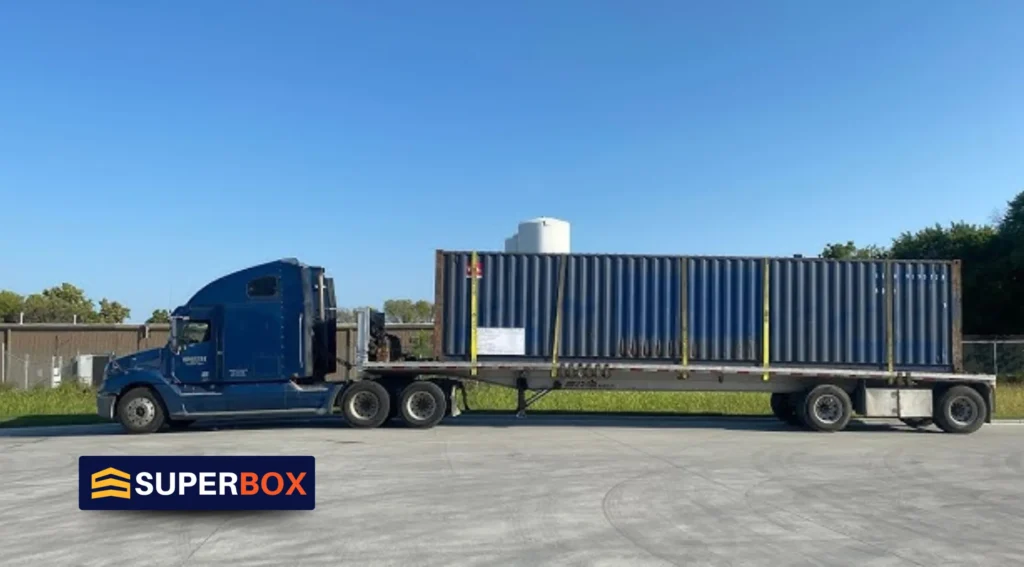
Flatbed Trailer
- For Larger or Heavier Containers: If your container weighs more than 15,000 pounds or is over 40 feet, a flatbed trailer is a better option.
- Longer Distances: Flatbed trailers are also better for moving containers over longer distances, as they provide more stability.
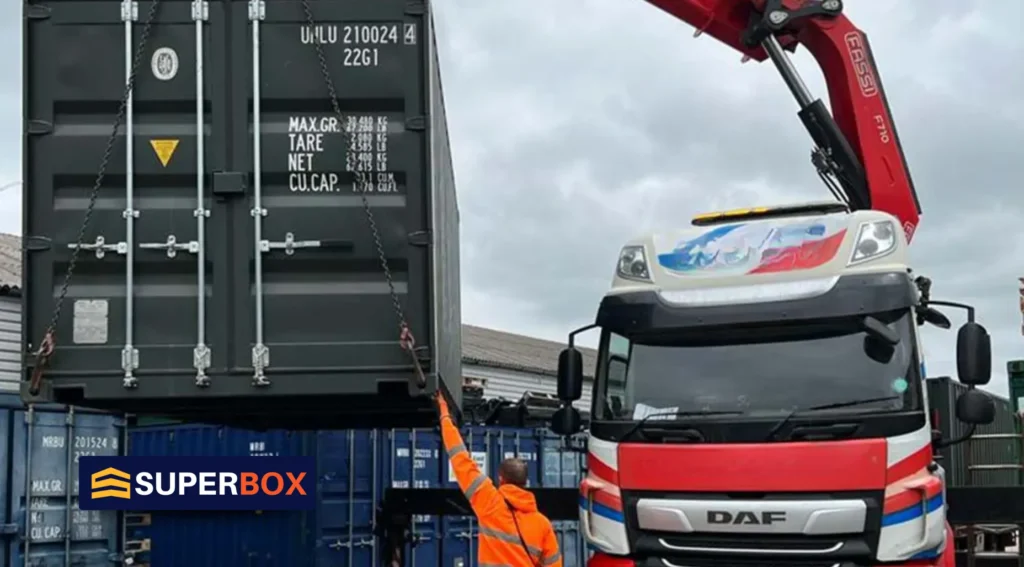
Step 3: Prepare the Container for Transport
Before the move, make sure your container is ready:
- Check the Corner Castings: Shipping containers have metal corner castings at the corners. These are used to lift and secure the container and ensure they’re clean and undamaged.
- Inspect the Container: Check the container it’s in good condition and securely closed to avoid anything shifting or falling out during the move.

Step 4: Plan the Route and Get Permits
Planning is key for a smooth move:
- Pick the Best Route: Choose a route with no low bridges or narrow roads. Some roads might not be able to handle the weight of a container, which can be as heavy as 15,000 pounds.
- Get Permits: Depending on where you live, you may need special permits to move a heavy container. Make sure to get the necessary approvals before you start the move.
Step 5: Move the Shipping Container
When it’s time to move the container:
- Loading the Container: The container is loaded onto the truck or trailer. If you’re using a tilt bed truck, the container will slide onto the truck bed as it tilts. For a flatbed trailer, a crane or forklift will lift the container onto the trailer.
- Securing the Container: It’s important to securely fasten the container to the truck or trailer with heavy-duty straps, chains, or ropes so it doesn’t move during transport.
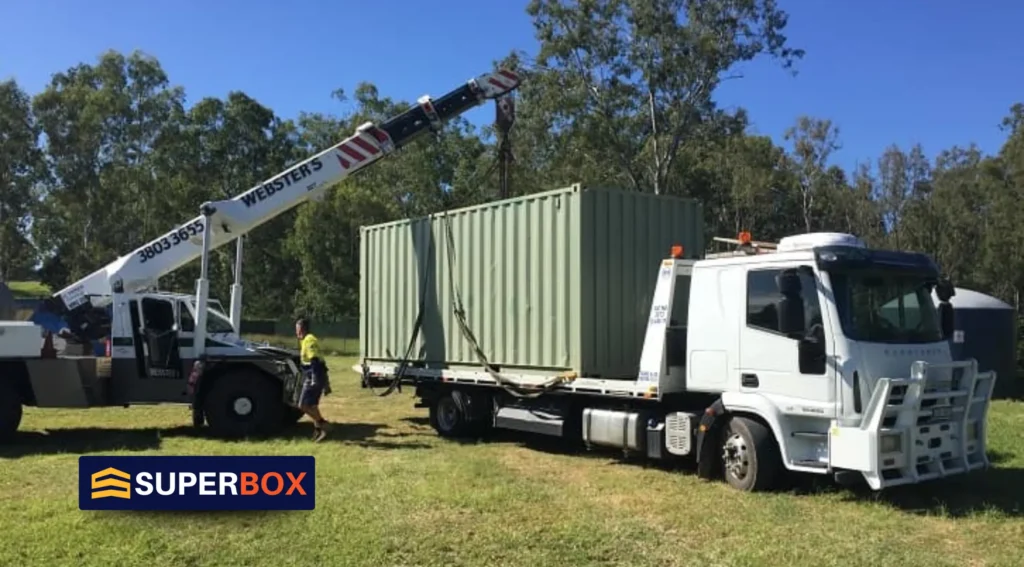
Step 6: Unload the Container
Once the container reaches its destination:
- Using Cranes or Forklifts: If the container is large or heavy, you’ll need a crane to unload it. If it’s smaller or the site is accessible, a forklift can do the job.
- Careful Placement: Place the container on stable, flat ground so it doesn’t tip over.
Step 7: Final Considerations
After the move, keep these things in mind:
- Insurance: Ensure the container is insured, especially if it holds valuable items.
- Storage: If you’re using the container for storage, check that the ground is firm enough to support the weight, and make sure the container is secure.
Conclusion
Moving a shipping container can be challenging, but with the right equipment and careful planning, it can be done safely and affordably. Whether you are moving it for storage, shipping goods, or repurposing it into a new space, understanding the process and working with a trusted moving company will help ensure everything goes smoothly. Good planning and the right team will also minimize the risk of damage to your container and property.
Get Your Perfect Shipping Container Delivered with SuperBox
Moving a shipping container can be easy with the right planning and help. SuperBox offers high-quality containers and reliable delivery directly to your location, making the delivery process simple and stress-free.
Don’t settle for less! Call SuperBox at 1-866-696-9269 today, and we’ll deliver the perfect container for your project—on time and at a great price!


